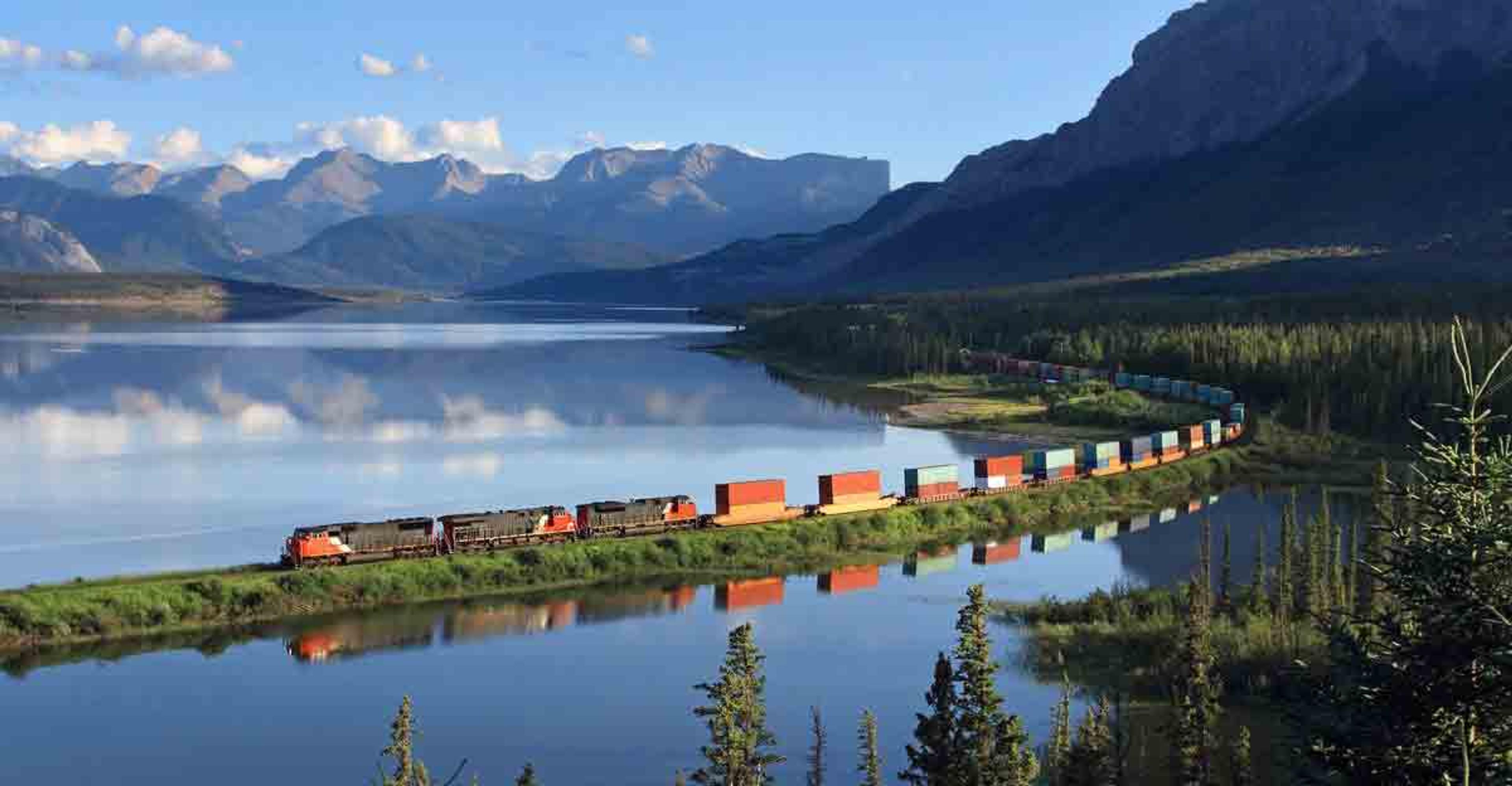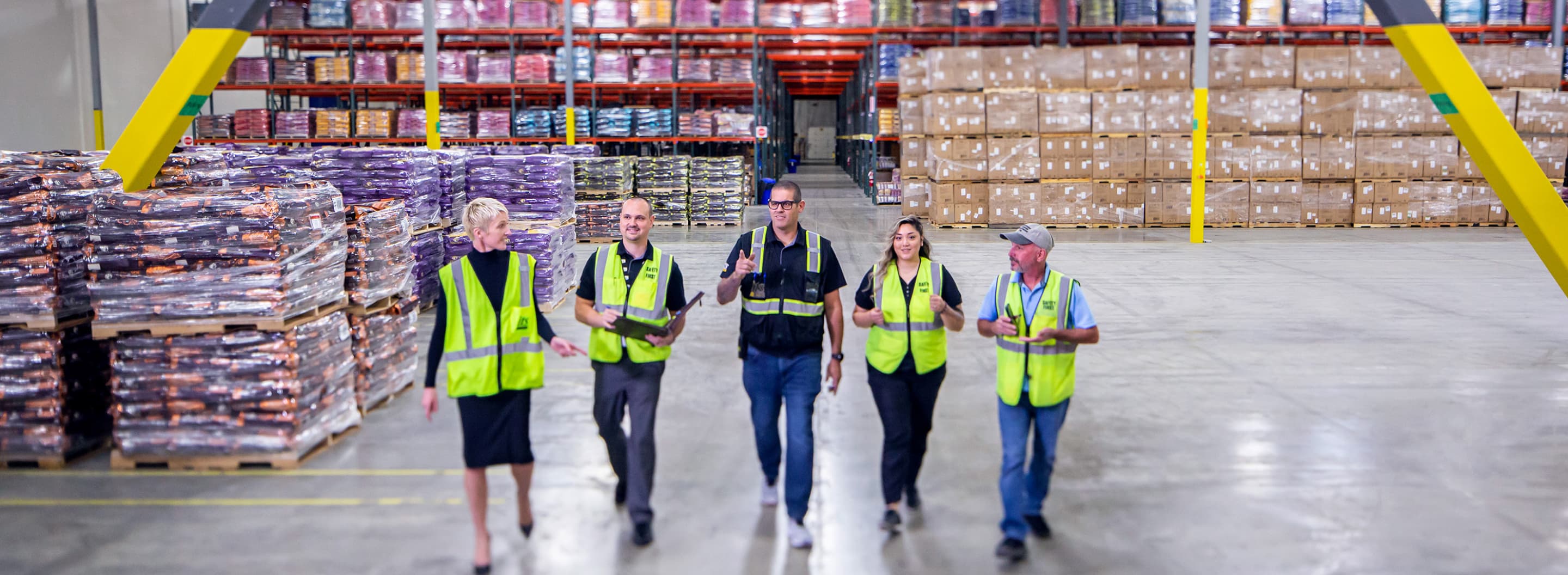
Supply Chain Digital
May 31, 2024
Tom Chapman
FROM THE ARTICLE: Mitigating risks amid turbulent times.
Global supply chains have, of course, been detrimentally impacted by numerous major events over the past few years.
Demand for increased resiliency has surged following a litany of disruptions to global trade – most notably the COVID-19 pandemic, the blockage of the Suez Canal and conflict in Ukraine and the Middle East.
More recently, the tragic collapse of Francis Scott Key Bridge in Baltimore once again demonstrated the vulnerability of global supply chains, although contingency plans already put in place by transportation and logistics leaders helped avoid far-reaching ripple effects.
Shedding light on how firms and getting round ongoing and impending challenges, Paul Brashier, VP – Drayage and Intermodal at ITS Logistics, says rail and intermodal transportation is coming into play.
“With the recent headwinds facing ocean container shipping in the world – Red Sea diversions, closure of the Port of Baltimore and potential International Longshoremen's Association (ILA) strikes on the horizon – rail is very important to the movement of goods,” he adds.
“With those three challenges, shippers are moving significant volumes to ports on the US West Coast and then using interior point intermodal (IPI) to get those goods to the US east coast to be absorbed into those distribution centres and warehouses.”



